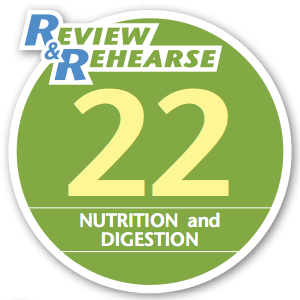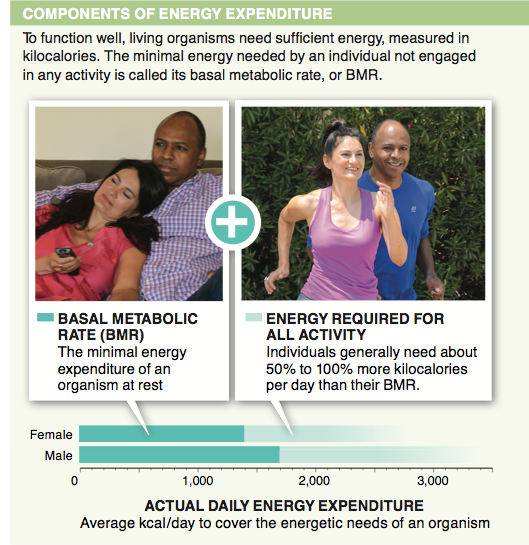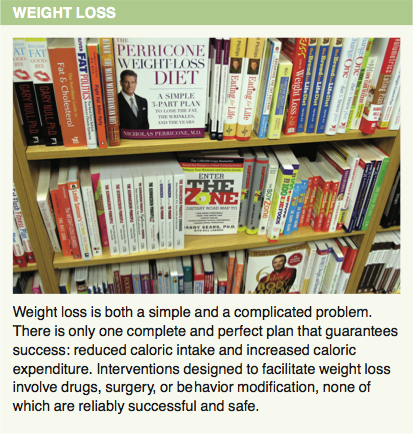Chapter 22. Chapter 22: Nutrition and Digestion
Review & Rehearse
Review & Rehearse
true
true
You must read each slide, and complete any questions on the slide, in sequence.

Instructions
Review the visual summaries and answer the essay questions below.
Make sure to enter a brief response that completely answers each question and explains your reasoning. When you click "Submit," you will be provided instant feedback, allowing you to check if your response is correct.
(This activity contains 16 total essay questions. Each new question will be revealed once you complete the preceding question.)
Question 22.1


The six groups of nutrients are carbohydrates, lipids, proteins, vitamins, minerals, and water. They are needed for energy, raw materials, and maintenance of the body’s systems.
Question 22.2

Herbivores spend much of their time eating because plants provide a lot more fiber and are more difficult to digest, and thus provide fewer kilocalories and nutrients (for the same weight), than the meat consumed by carnivores.
Question 22.3

Basal metabolic rate is the minimum amount of energy expended by an organism when it is not engaged in any activity, other than resting.
Question 22.4


Drinking too much water can cause an imbalance of electrolytes, particularly a deficit of sodium, in the blood.
Question 22.5

A complete protein contains, among its amino acids, all eight essential amino acids—those that cannot be made by the body and must be supplied by food.
Question 22.6
nd5wJfzsH6dUr77t46Rcsp8PiTsUNGZ2uD2q7g5P34zxRFxI5lbFOedDVYe80e76vgWpzCjbm3e/AuvU1EAsK+OTszFvV1xmTlfCVL6gTWBhtYZ25tUmHC9OHL1Dt22vL9saZawPG+FhVdhI3StWFSTFADPMkvQaXMVVdbxV0oGhidI4GD0Ok889DWKN7yJ0/sSUojmO+kFpcEmNiXPXGg==Twelve amino acids are made by the body; the other eight amino acids must come from food.
Question 22.7


Fat-soluble vitamins are stored in fatty tissue and in the liver and are not excreted in the urine, as are water-soluble vitamins. Over-consumption of fat-soluble vitamins can lead to toxic levels of these vitamins in the body.
Question 22.8


(a) Ingestion: food is taken into the body. (b) Digestion: food is dismantled by physically breaking it into smaller pieces and chemically breaking it down into smaller molecules. (c) Absorption: molecules are taken up from the intestine into the cells of the body. (d) Elimination: unnecessary materials are swept from the body as waste.
Question 22.9
jV83ExEoa0Fnr9aydqhw1y+YV85nq9ejlU9ApMVyFdVMEh1xrP55B14rArNn2xAFwHE3aFIxhMQVzcpeCcx8XFbW2hASoDJyiFBWsWRGVV6+BwXmQLT1P8nJZEEB7FdFIn the mouth, the enzyme alpha-amylase in saliva breaks the bonds of starch molecules to release small quantities of glucose that can be used for energy. About 20% of the ingested starch is broken down in this way.
Question 22.10
uFSiYs1H+0y9L5sCvfIQ3bx1nWlFYNbG0k2v22FUBS0KBnZx/VaWR/aNL52C8EkCxLZQpGRi4toHzFQAlU3PscVp3efLdJZDoDzCVldSikIbE56wyxhCrCoLAWDN3gfW3yGYsyv8S0ZlWsS/4UJxvxJykz0=Stomach acids kill bacteria.
Question 22.11

The small intestine has a huge absorptive surface area. Its surface area is increased by its long length, its folded structure, and an interior lining made of finger-like projections called villi, which are further lined with tiny projections called microvilli.
Question 22.12
VsWGZHvQLWzAWp+VTRM8yxHoOIw9U+ePgLGWleYb90Yn8e2yYGlwRZQ9N98OCMmX1r46ApDG1Zjt7xx8Water is attracted to fiber. When an over-abundance of fiber is present in the colon, large amounts of water pass into the colon and this can cause diarrhea.
Question 22.13
/5VG+NQ2pqwgFFhi36C1qt16VVQqt1pHqoxiC51ebo5prsTUcGMsQk+EzW/9Yk/qoYuXI6tiO+PdCI0s80GMQutbnutUEZIhf/e0Pr3ZHT6WAGgc+CuWSFeYJG7kRxhjNISjV3Np8UqsFUHA1uZxzZkQqrIAscGL2BzLXXD2OvfVmYdEHG3p/QhKTbmN161J9TvHAmptHTU=Some mammals have four-part stomachs that contain symbiotic cellulose-digesting bacteria. Other mammals have bacteria living in an outcropping of the digestive tract called the cecum, and these bacteria also can digest cellulose.
Question 22.14



Our ancestors lived in an environment where food was often scarce. Powerful, instinctual hunger kept our ancestors going through times of feast and famine. Enthusiastic eaters were more likely to survive and reproduce.
Question 22.15

Following the digestion of carbohydrates, insulin is secreted by the pancreas in response to the increased glucose concentration in the blood. Insulin stimulates the uptake of glucose by cells, such as those of muscle and fat tissue.
Question 22.16

Spices, substances produced by plants, contain toxic compounds with anti-microbial properties. (These compounds also prevent predation by animals or insects.)
Activity results are being submitted...